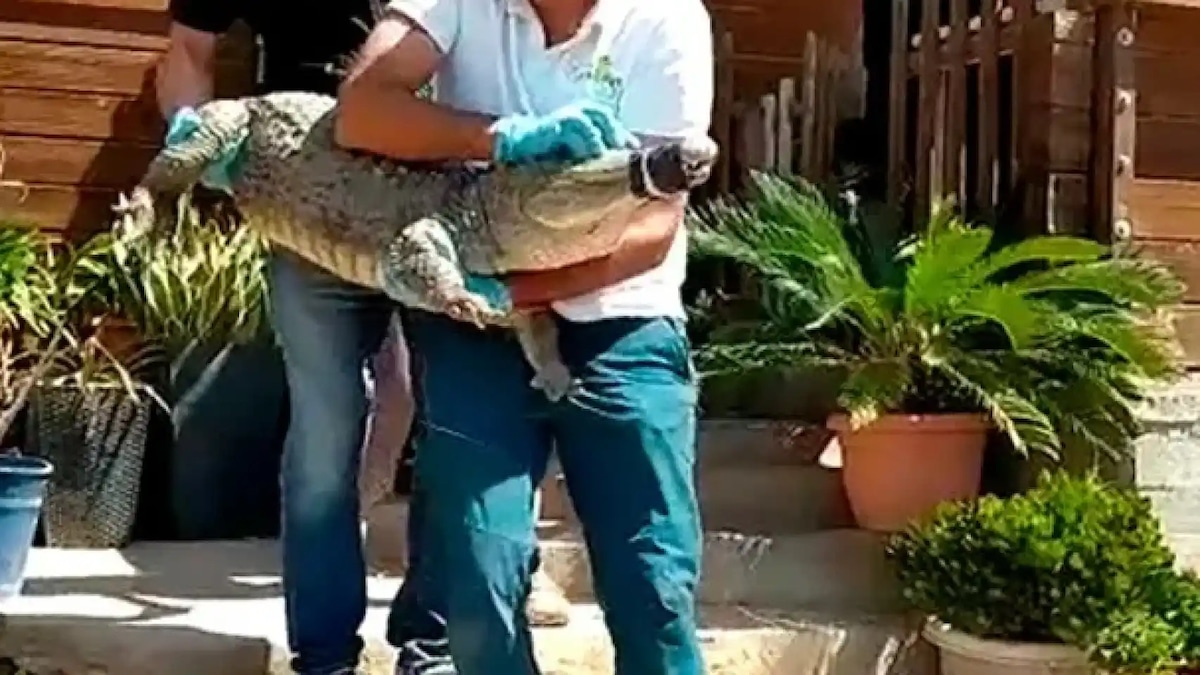Mar 21, 2022 13:37PM EDT

In Gran Canaria, part of the Canary Islands, police have recovered 139 animals, most of which were invasive species and several of which are dangerous. The lineup includes iguanas, pythons, giant African snails, and caimans.
Authorities, part of the Seprona environmental division of the Guardia Civil, investigated the property after the owner died, and word spread that the location was home to illegal operations. Police found 139 animals, including 21 animals considered dangerous and 118 that were invasive species.
“Among the species seized were a ball python, two Burmese pythons, a dwarf caiman, two bearded dragons, two Greek tortoises, 34 crayfish, a leopard gecko, 46 giant African snails, seven snakes, a bullfrog, a long-necked turtle, eight iguanas, a spectacled caiman, 23 red-eared terrapins, 13 blue-tongued skinks, and three African spurred tortoises,” authorities noted, as reported by The Guardian.
There were also 200 rats and 100 mice as well as numerous cockroaches, crickets, and worms on the property.
The animals were taken to Cocodrilo Park, a rescue center for animals often rescued by Seprona officers and protects animals from illegal trafficking.
According to the statement from the authorities, the invasive species they recovered had great potential to reproduce and devastate the environment. These creatures could also spread harmful diseases to humans.
The statement noted that Spanish law defines invasive species as “those which are introduced or established into an ecosystem or natural or semi-natural habitat, and which are agents of change and a threat to native biological diversity whether through invasive behaviour or the risk of genetic contamination.”
Invasive species are often introduced to ecosystems through human activities, like this instance of illegal zoo operations, and can quickly take over a region where they have no natural predators. Native animals will not have adapted to the new predator, either, allowing the invasive species to prey on others easily, reproduce quickly, and disrupt local ecosystems. Many times, invasive species can carry diseases that also harm local animals and plants, and may even transmit to humans.
“Invasive species can change the food web in an ecosystem by destroying or replacing native food sources,” The National Wildlife Federation explained on its website. “The invasive species may provide little to no food value for wildlife. Invasive species can also alter the abundance or diversity of species that are important habitat for native wildlife.”

